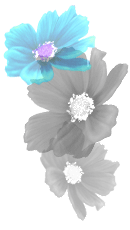Diagnostic method in Traditional Chinese Medicine
1. Palpation diagnosis is performed by feeling the pulse and pressing certain areas of the body. Feeling the pulse is a very important part of the diagnosis and requires a lot of experience to read the correct pulse. Each pulse is differentiated in term of depth, speed, strength shape and rhythm. Different condition of pulse indicates different syndrome. There are altogether 28 types of pulses in TCM. 2. Inspection is a method of diagnosis in which the doctor understands and predicts the pathological changes of internal organs by observing patients vitality, colour, appearance, functioning of the five sense organs and the tongue. Tongue diagnosis plays an important part of the diagnosis by inspection. It provides the primary information in making a diagnosis. 3. Listening and smelling are performed as a single diagnostic method. Listening to the patient’s speech, breathing and coughing and smelling of a secretion or excretion give important information about the patient’s condition. Different odours are identified in order to deduce the nature of the disease. 4. Asking about the patient’s condition in relation to their illness. This focuses on the chief complaint of the patient and the technique of the practitioner guiding the patient through relevant questioning to give an accurate description of their illness. |
||
Acupuncture-Marbella.com |
Telephone: +34 952 900 626 | Mobile: +34 609 431 799 |

 There are four diagnostic methods in Traditional Chinese Medicine (TCM): looking, listening and smelling, asking and palpation.
There are four diagnostic methods in Traditional Chinese Medicine (TCM): looking, listening and smelling, asking and palpation.